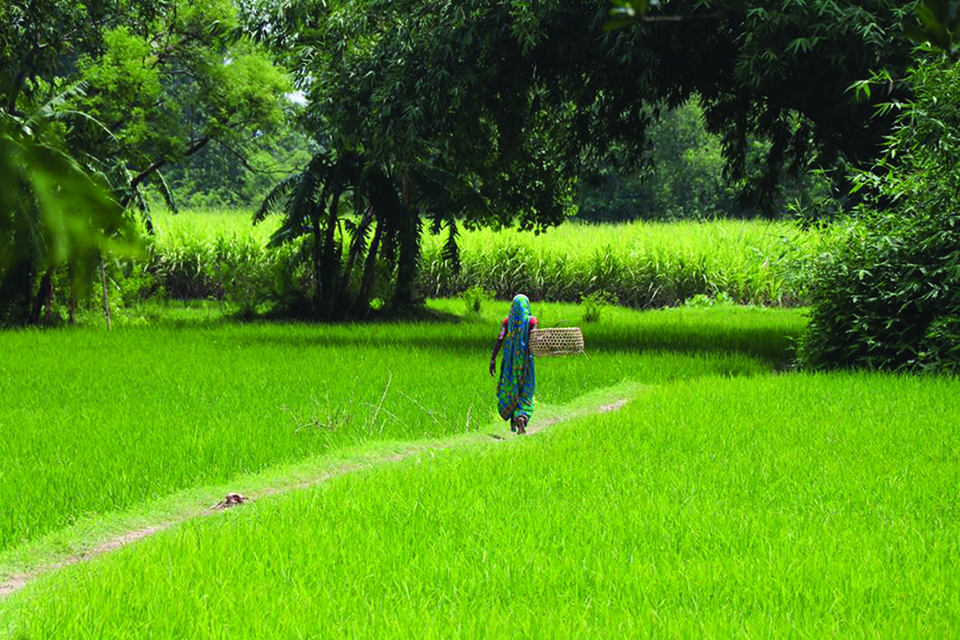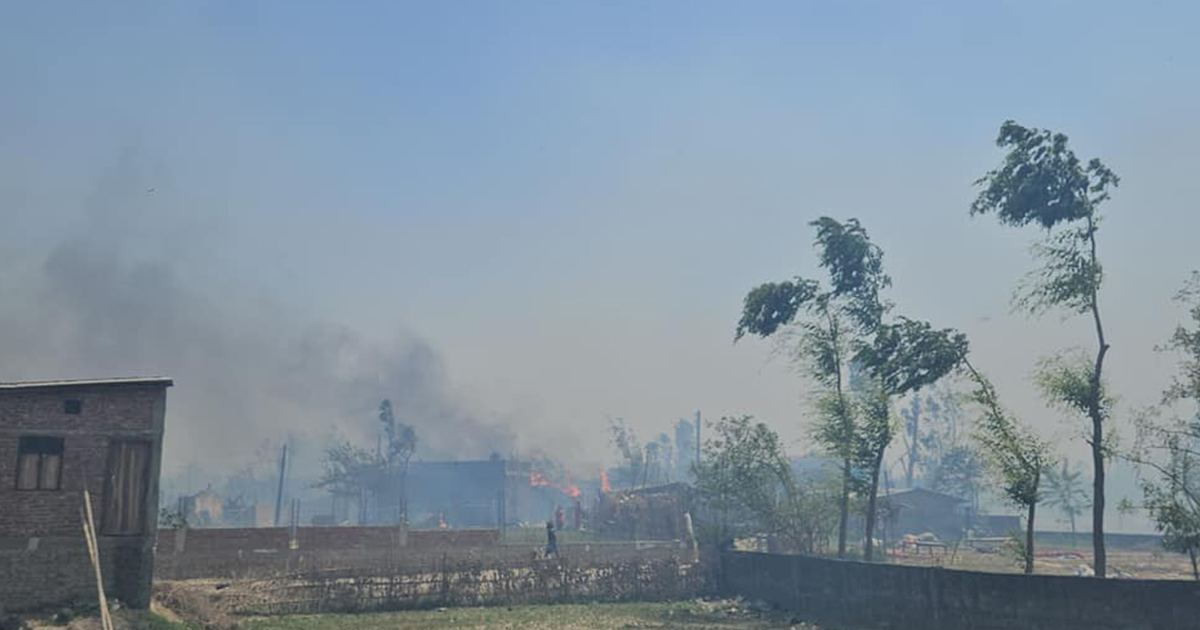
OR

Agriculture can be shaped as an attractive sector for youths. For this, we have to move beyond subsistence resource intensive agriculture while still maintaining traditional indigenous knowledge
I am a woman from an agricultural family, but I am not a farmer. My choice to work as a researcher in the agricultural sector was guided by my interest in the causes of gender equality, inclusive development and sustainable livelihood. However, it is not uncommon for the majority of young people like me, coming from a similar agricultural background, to take their profession outside of agriculture. So why are youths losing interest in agriculture in Nepal?
The answer is agriculture is perceived by younger generations as unprofitable and labor intensive. This perception stems from major factors limiting youth’s engagement in agriculture including small uneconomic farm size, resource constraints, climatic uncertainty, inadequate infrastructure development, lack of technical knowledge and business skills among young farmers and inadequate policy supports.
Youth are not attracted to agriculture primarily due to low productivity resulting from the prevalence of conventional farming practices, dependence on weather conditions and poor infrastructure development. Lack of agricultural mechanization and dependence on human and animal power makes agricultural work time consuming and burdensome. Additionally, susceptibility to heightened vulnerability to climatic stresses such as delayed monsoon and prolonged droughts, coupled with non-climatic stresses such as increases in input cost, unavailability of quality fertilizers and access delays does not make agriculture a viable livelihood option for youths.
These perceptions are particularly troubling because agriculture is the backbone of the Nepali economy, making up 33.1 percent of the country’s GDP and employing the majority of the older population. Turning the current status of subsistence agriculture into a robust, vibrant and commercial sector can potentially address the issues of poverty reduction, employment generation, food insecurity and trade deficits. Youth comprising 40.68 percent of Nepal’s population could be a major driving force of this change.
However, the irony is that around three million Nepali youths currently work at the Gulf and in other countries. Out-migration of youth force has added another dimension to an already constrained production environment. Even though migration is not always a voluntary choice, youth migrate with aspirations of improved employment and economic opportunity. Migration has given rise to new forms of vulnerability for those who are left behind. Women whose family members migrate are especially subject to increased work burden, difficulty in accessing inputs and services such as irrigation, unavailability of labor due to limited social support networks, as well as lack of resource entitlement, bargaining power and access to information.
The agronomic knowledge base of the youth is limited to the information passed down from older generations. Youth should be equipped to mitigate climatic stresses through agriculture adopting measures with a simple mechanistic training delivery system. However, there are limited agronomic experts available and technology transfer materials are outdated. There are some challenges present in the new federal context regarding agriculture. There are procedural delays to instate agricultural officers even after almost two years of federalization process. This must be resolved. But issues such as these can be addressed with the opportunities that federalism presents to us, that have not been considered or acted upon. Federalism offers an advantage to contextualize agricultural programs catering to context specific needs. This means addressing agronomic needs as well as land inequities among different categories of farmers making use of Nepal’s new land categorization.
In the federal context, agriculture can be shaped as an attractive sector for youths. To do this, we have to move beyond subsistence resource intensive agriculture while still maintaining traditional indigenous agricultural knowledge. To start developing a more profitable agricultural sector, plans and programs must be designed in the rural municipalities while also embedding sustainable use of resources in coherence with broader climate changes. With such a large active youth population, it is high time for the government to capitalize on this resource. By developing supportive policy that develops human resources to improve farmers’ livelihoods, support resource sustainability, devise adaptive agronomic practices to address climatic stressors and promote agribusiness and trade, agriculture can be made a productive sector for youths. Only then, youth force will find themselves motivated to stay and work in Nepal.
I realize all of these are easier said than done. However, instead of just seeing how federalism cannot work, it is time to explore how it can in a productive capacity that is especially centered on the young population of the country. We must learn from the experiences of elected representatives and agronomic staffs while building their capacity for an inclusive agricultural system, in order for youth to become involved and ensure a sustainable future for Nepal’s agriculture.
The author is a research officer at International Water Management Institute (IWMI), Nepal office
You May Like This

NRB lays out scenario for sending BFIs into forceful merger
KATHMANDU, Jan 5: Nepal Rastra Bank (NRB) has announced that it may send bank and financial institutions (BFIs) to forceful... Read More...

Venezuela is drowning, yet Maduro keeps subsidizing Havana
VENEZUELA, Sept 18: As Venezuelans live with an unprecedented and recurring shortage of food and medicines, suffering through an economic... Read More...

Just In
- World Malaria Day: Foreign returnees more susceptible to the vector-borne disease
- MoEST seeks EC’s help in identifying teachers linked to political parties
- 70 community and national forests affected by fire in Parbat till Wednesday
- NEPSE loses 3.24 points, while daily turnover inclines to Rs 2.36 billion
- Pak Embassy awards scholarships to 180 Nepali students
- President Paudel approves mobilization of army personnel for by-elections security
- Bhajang and Ilam by-elections: 69 polling stations classified as ‘highly sensitive’
- Karnali CM Kandel secures vote of confidence



















Leave A Comment